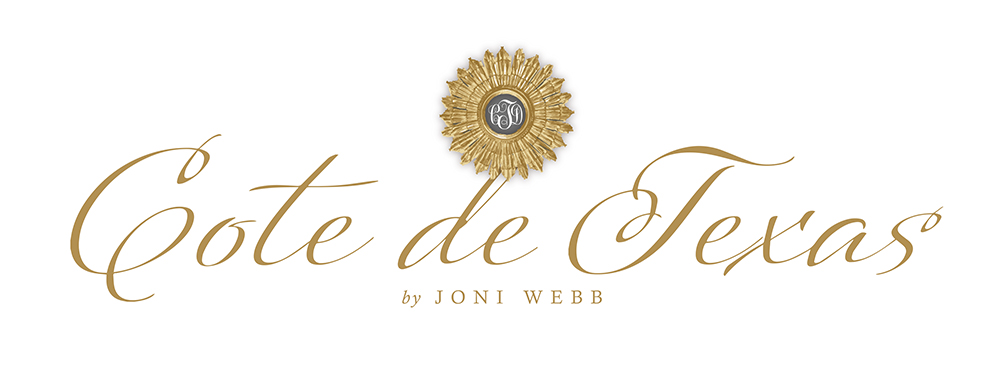If you are looking for a western styled, romantic getaway this winter or summer, Dunton Hot Springs, Colorado might be the answer. Dunton Hot Springs - where? Actually, it's a ghost town located deep in the Rockies Mountain Range at the "four corners" area of Colorado where Colorado, New Mexico, Utah, and Arizona all meet. Once a mining town abandoned in 1918, the town has been at times a biker and hippie hangout, a dude ranch, and now, a world class resort. From the outside, everything looks just like it did back in the 1800's. Inside though, the rustic log cabins have been totally redone, updated, and remodeled with pillow top beds, down comforters, Egyptian cotton sheets, wi-fi capability(!), antiques and first rate photographs. Think Ralph Lauren meets Butch Cassidy. The resort's main attraction though, are its five hot springs. There's a bath house cabin built over the largest of the springs which the entire "town" can use. Another hot spring is located in a private guest cabin. The high mineral count of the springs make them physically therapeutic. There's a cold water plunge outside and a large waterfall which adds to romance. Of course, there are yoga classes, exercise classes, and other spa amenities, like hot stone massages. All meals are included and while the menu looks heavy on game fare, the food is all organic.
Winter sports include cross country skiing and heli-skiing where a helicopter drops you down on the slopes. There is no ski in or ski out here, so if that is what you need, this probably isn't the place for you. Telluride skiing is an hour away, though. Summer sports include fly fishing, horseback riding and hiking. The rates are high, but not unreasonable for the luxury and remoteness of the resort. The nearest town is 38 miles way, and the word "town" is stretching it. For details on this resort, click here.
The Bath House with its large hot spring and roaring fire to keep warm in the winter.

The cold water plunge.
Two guest cabins, except one is actually a teepee.
The interior of the guest teepee.
The library - isn't this wonderful? A reason to visit.
Winter at the resort.
One of the outdoor springs with it's high mineral count.
The commons area.
A guest cabin.
An interior shot of a log cabin.
Summer activity: horseback riding in the Rockies Mountains.
Another cabin interior - note the iron stove in the corner.
The Wedding Chapel for destination weddings.
I love this picture - look at the bride "walking down the aisle." The dog is the maid of honor.
Another log cabin guest house.
The restaurant.
How peaceful and inviting can you get?
Summer at Dunton Hot Springs, Colorado.
